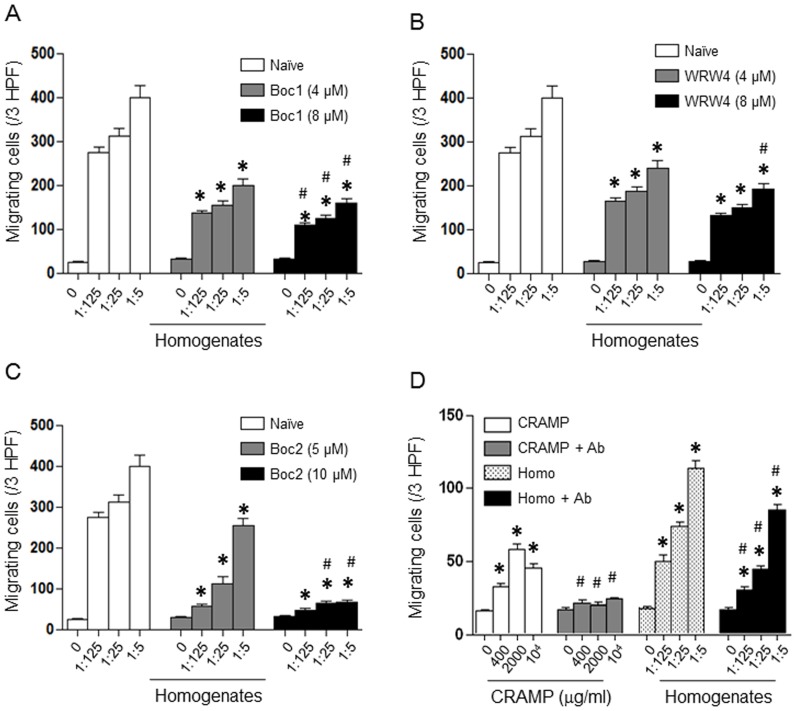Figure 4. Fpr agonist activity in the skin wound.
A - C, inhibition of homogenate-induced migration of neutrophils from WT mice by Fpr antagonists (n = 5). Neutrophils from WT mice were pretreated with Boc-1 (4 µM and 8 µM, A), WRW4 (4 µM and 8 µM, B) or Boc-2 (5 µM and 10 µM, C) for 30 min and then were measured for chemotaxis in response to homogenates of wounded skin collected at 4 h. *, significantly decreased number of migrating cells treated with Fpr antagonists as compared to neutrophils without pretreatment (p< 0.05). #, significantly decreased number of migrating cells treated with Fpr antagonists as compared to neutrophils without pretreatment (p< 0.05). D, inhibition of the chemotactic activity of skin wound homogenates by a neutralizing CRAMP antibody. HEK293/Fpr2 cells were measured for chemotaxis in response to CRAMP or skin wound homogenates with or without pretreatment by a neutralizing CRAMP antibody (10 µg/ml for 45 min) (n = 5). *, significantly increased number of migrating cells in response to CRAMP or homogenates as compared to medium control (0) (p< 0.05). #, significantly decreased number of migrating cells as compared to neutrophils without pretreatment by CRAMP antibody (p< 0.05).

